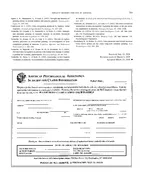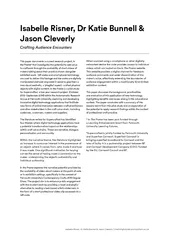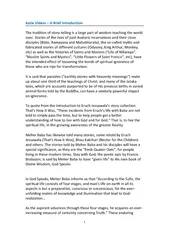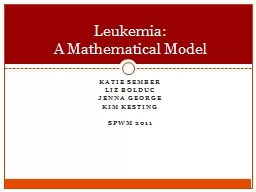PPT-Katie Sember
Author : calandra-battersby | Published Date : 2016-05-22
Liz Bolduc Jenna George Kim Kesting SPWM 2011 Leukemia A Mathematical Model Liz Bolduc Holy Cross 12 Zodiac Sign Leo Favorite Math Class Principles of Analysis
Presentation Embed Code
Download Presentation
Download Presentation The PPT/PDF document "Katie Sember" is the property of its rightful owner. Permission is granted to download and print the materials on this website for personal, non-commercial use only, and to display it on your personal computer provided you do not modify the materials and that you retain all copyright notices contained in the materials. By downloading content from our website, you accept the terms of this agreement.
Katie Sember: Transcript
Download Rules Of Document
"Katie Sember"The content belongs to its owner. You may download and print it for personal use, without modification, and keep all copyright notices. By downloading, you agree to these terms.
Related Documents














